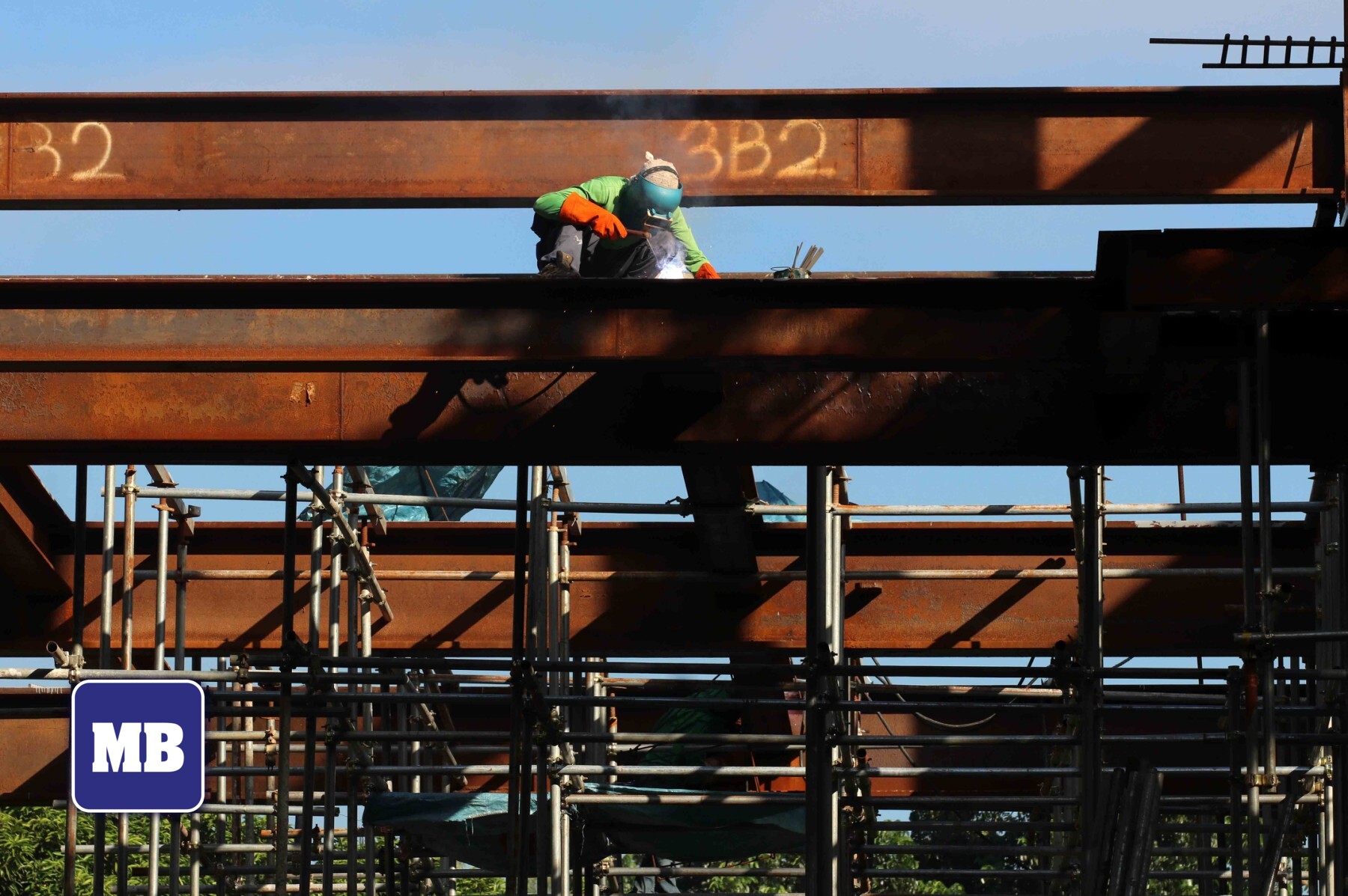Gov't adopts integrated process for infra development
At A Glance
- For the formulation or updating of master plans, the concerned agencies, while giving due consideration to aesthetics in identified tourist destinations, must incorporate applicable physical, spatial, and other cross-cutting elements and principles.
President Marcos has issued Executive Order (EO) No. 72 which adopts an integrated and harmonized process for formulation, approval, budgeting, implementation, and monitoring of master plans for the infrastructure sector.

In his EO, signed by Executive Secretary Lucas Bersamin on Oct. 28, Marcos recognized the crucial role of public investments in infrastructure and human capital to create employment opportunities and promote economic growth.
He stressed the need for an integrated process to ensure the country's infrastructure development, noting that one of the strategies under his Philippine Development Plan (PDP) 2023-2028 was the implementation of integrated master-planning development and convergence programs towards sustainable, resilient, and modernized infrastructure facilities and services.
"It is imperative to harmonize and strategically integrate the process for the formulation of master plans for the infrastructure sector to guide the planning, programming, budgeting, and implementation of infrastructure projects, and ensure a holistic approach to socioeconomic development," he wrote.
With this, Marcos ordered all government agencies and offices involved in planning, developing, and managing infrastructure projects to adopt an integrated and harmonized process in the formulation, budgeting, approval, implementation, and monitoring of the implementation of master plans for the infrastructure sector.
For the formulation or updating of master plans, the concerned agencies, while giving due consideration to aesthetics in identified tourist destinations, must incorporate applicable physical, spatial, and other cross-cutting elements and principles. These elements and principles include:
- Convergence
- Interconnectivity
- Digital technologies and solutions
- Environmental quality and ecological integrity
- Sustainability
- Climate change resiliency
- Disaster risk reduction and management
- Gender Equality
- Disability and social inclusion
They must also submit an annual report to the Committee on Infrastructure (Infracom) on the status of the implementation of master plans, including the progress made in achieving its targets.
Based on the EO, all master plans of national scope for the infrastructure sector and its subsectors—such as transportation, water resources, energy, information and communications technology, and social infrastructure, among others—must be submitted and approved by Infracom before their adoption and implementation.
Infracom, on the other hand, will coordinate with concerned agencies to evaluate the master plans and ensure that clear funding strategies for updating, implementing, and monitoring the implementation of the master plans are incorporated therein.
The Infracom-approved master plans shall be endorsed to the National Economic and Development Authority (NEDA) Board for confirmation.